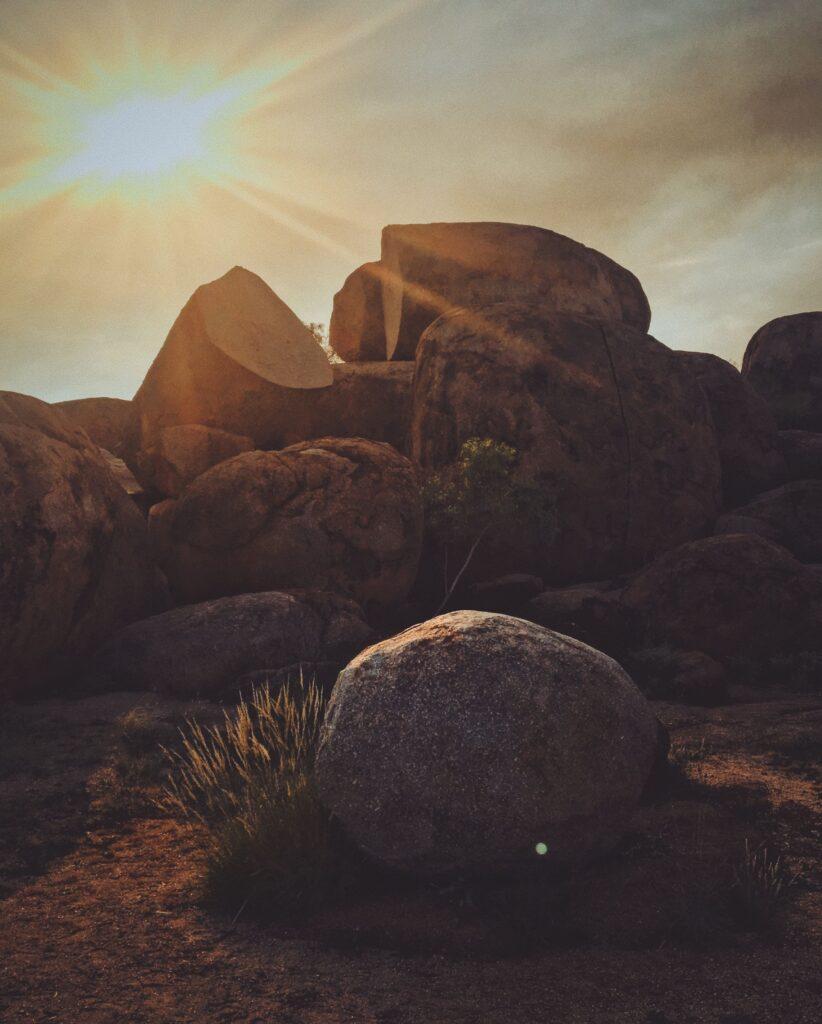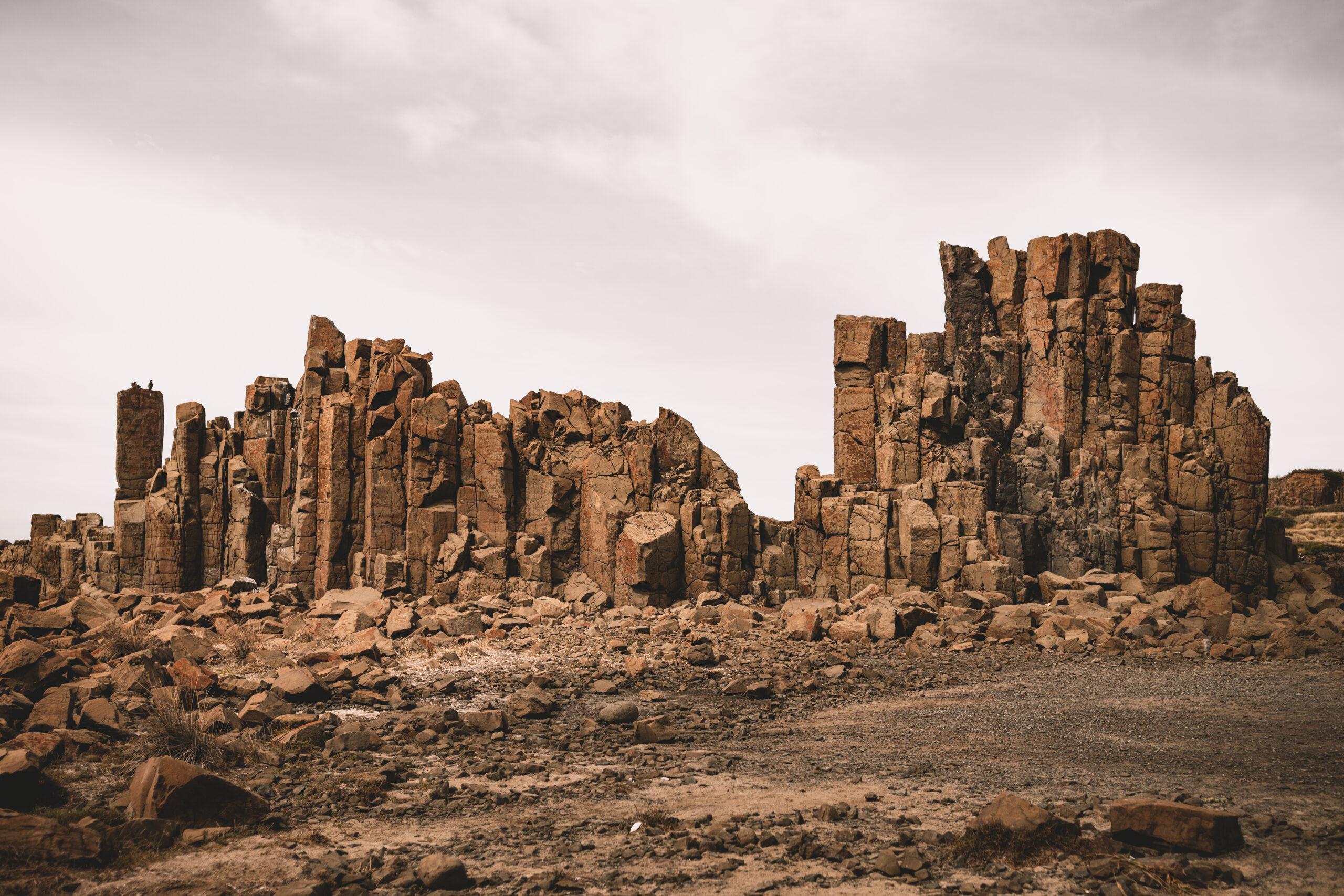Climate Clues in Unexpected Places: How Icelandic Beach Rocks Reveal Rome’s Chilling Downfall
By Michael Le Page
On an unremarkable stretch of Iceland’s western coast, a geological detective story is unfolding—one that connects wayward rocks to one of history’s greatest collapses. The discovery of foreign granite cobbles on this isolated beach provides startling new evidence of a centuries-long cold snap that may have helped topple the Roman Empire and reshape civilizations across the globe.
The Beach That Stood Out
When satellite images revealed an unusually pale shoreline amidst Iceland’s characteristic black basalt beaches, researchers knew they’d found something special. Christopher Spencer from Queen’s University recalls the moment of discovery with characteristic scientific understatement: “It’s a little embarrassing how obvious it was.”

What began as an investigation into the beach’s light-colored shells quickly turned more intriguing when Spencer’s team spotted the granite cobbles—geological interlopers in a land of volcanic rock. These stones, analysis would confirm, were uninvited guests from Greenland, having hitched a ride across 300 kilometers of open ocean aboard icebergs.
A Chilling Timeline
The rocks tell a precise story:
- Found exclusively in a sediment layer dating to AD 500-700
- Represent multiple Greenlandic origins, indicating unusually frequent iceberg activity
- Suggest expanded glaciers producing more icebergs than normal
This period coincides perfectly with what scholars call the Late Antique Little Ice Age—a climatic downturn previously detected in tree rings and ice cores. While modern Greenland still sends the occasional iceberg visitor, nothing matches the ancient frequency revealed by these stranded stones.
Climate’s Domino Effect
The implications stretch far beyond Iceland’s shores. This 200-year cold snap appears to have triggered a cascade of historical consequences:
• The Roman Empire’s Final Blow
Already reeling from internal strife, the Western Roman Empire’s 476 AD collapse was followed by the devastating Plague of Justinian in the East—a pandemic that thrived in the cooler conditions.
• Global Upheaval
From China’s Northern Wei dynasty to Mesoamerica’s Teotihuacan, contemporary civilizations faced similar climate-driven crises of famine, disease, and social unrest.
The Great Climate Debate
What caused this planetary chill? The scientific jury remains out:
- Volcanic winter theorists point to massive eruptions blocking sunlight
- Comet impact proponents cite potential space-borne triggers
- Spencer’s team suggests subtle orbital variations may have tipped the balance
What’s undeniable is the profound lesson these Icelandic rocks teach us: Civilizations may write their own histories, but the climate always holds the pen. As we face our own era of climatic change, the stranded stones of Iceland offer a sobering reminder of nature’s power to shape human destiny.

